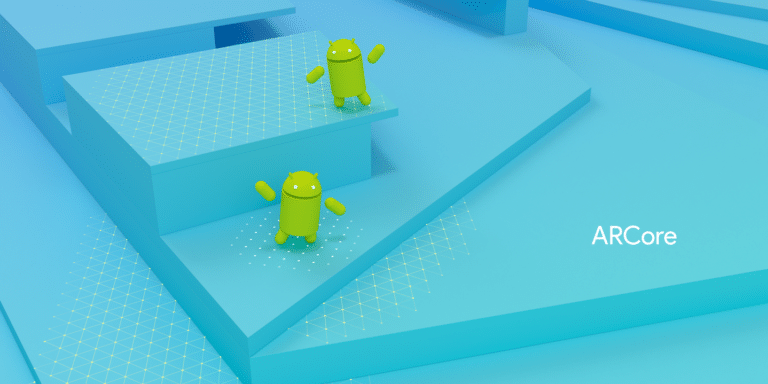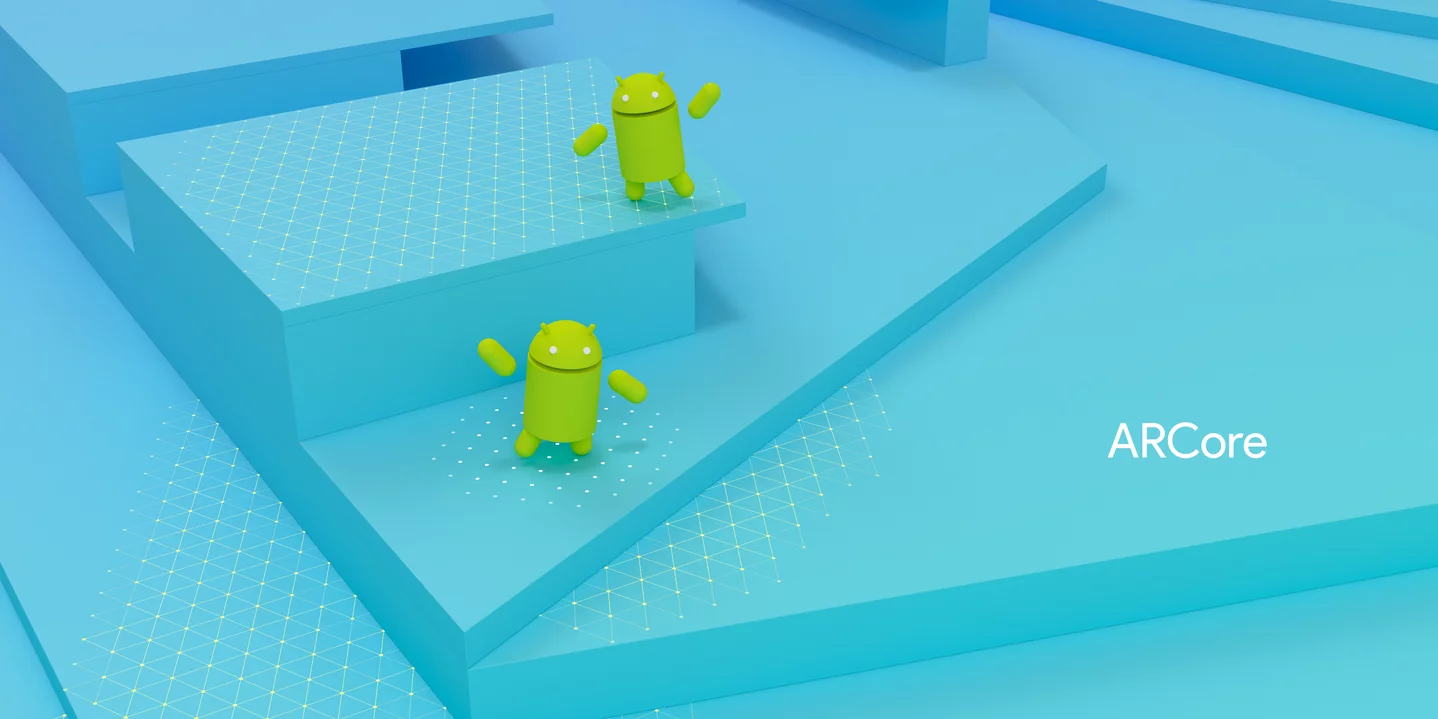
Data Point of the Week is AR Insider’s dive into the latest spatial computing figures. It includes data points, along with narrative insights and takeaways. For an indexed collection of data and reports, subscribe to ARtillery Pro.
Google’s ARCore now reaches 400 million devices globally. This was quietly disclosed last week amidst lots of Google I/O action. This is up from 250 million in December and 100 million last February, indicating not only a key milestone but a growth rate that tracks well to our figures.
Given roughly 650 million ARkit-compatible devices, this brings the grand total of AR compatible devices to about 1.05 billion. This aligns with our 990 million estimates for the end of 2018, but we’ll need more acceleration to reach the nearly 2 billion we project for the end of this year.
AR compatibility has conversely decelerated due to weak smartphone sales in the past few quarters — causing slower replacement cycles. Escalating device cost, along with maturation (less feature updates), has caused people to hold on to phones longer — now 4 years on average.

As background, our estimates are calculated based on AR compatible hardware. And that’s all about devices phasing in with the right processors, firmware, sensor calibration and optics. It’s clear-cut with iOS, due to a few iPhone models for which Apple can control and tune sensors.
But Android is a bit more complicated (which makes disclosures like the above welcome). For one, the hardware base is fragmented between several devices, making that sensor calibration difficult. AR compatibility is also slower as Google can’t push firmware updates as Apple can.
From Google’s ARCore documentation:
What does it mean for a device to be supported? In short, it means it has passed our certification process.
Certification is important because we want users to have a good experience with your AR application. This is primarily related to sensitive motion tracking, which is done by combining the camera image and the motion sensor input to determine how the user’s device moves through the real world.
To certify each device, we check the quality of the camera, motion sensors, and the design architecture to ensure it performs as expected. Also, the device needs to have a powerful enough CPU that integrates with the hardware design to ensure good performance and effective real-time calculations.
The strength of Android is in the large diversity of devices available across the world. We are constantly working with manufacturers to make sure their hardware and designs meet these requirements. At the same time, we are working internally to make sure ARCore integrates well with every model we certify to provide good experiences for users.

Another key factor is China. Because the Play Store is banned there, getting ARCore apps to those devices isn’t as direct. Last week’s 400 million figure includes China which is good, but it also means a big chunk of the addressable market is harder to reach.
But one thing that offsets this challenge is the fact that mobile AR’s installed base is increasingly liberated from ARCore and ARkit. Given the rise of WebAR (8th Wall, Ubiquity6 et al), the true installed base will eventually approach near-full penetration of 2.8 billion global smartphones.
And don’t forget Facebook and Snapchat Lenses reach more than a billion users cumulatively. That lens creation and usage happens outside of ARCore and ARkit, using Spark AR (Facebook) and Lens Studio (Snapchat) respectively. This is where most mobile AR usage is happening.

But another important distinction is that Google’s 400 million figure (and our total 1.2 billion market total) calculated above defines AR compatibility. Active users is a different story, and is the figure that really matters. We’ve pegged that number at 129 million for 2018, per the first chart above.
That number should tick upwards at a gradual pace in the coming few years, driven by social, gaming, and the rise of utilities like Google Lens. We could see some potential inflection points and wild cards on the horizon, such as Harry Potter, Wizards Unite.
Like all things AR, it will be a moving target. We’re panning our sight steadily with that in-motion target to define, quantify and detect any new infections. Stay tuned for the next big forecasting round coming up in June, in which we’ll hide away for weeks to bring it all together.
For deeper XR data and intelligence, join ARtillery PRO and subscribe to the free AR Insider Weekly newsletter.
Disclosure: AR Insider has no financial stake in the companies mentioned in this post, nor received payment for its production. Disclosure and ethics policy can be seen here.
Header Image Credit: Google
